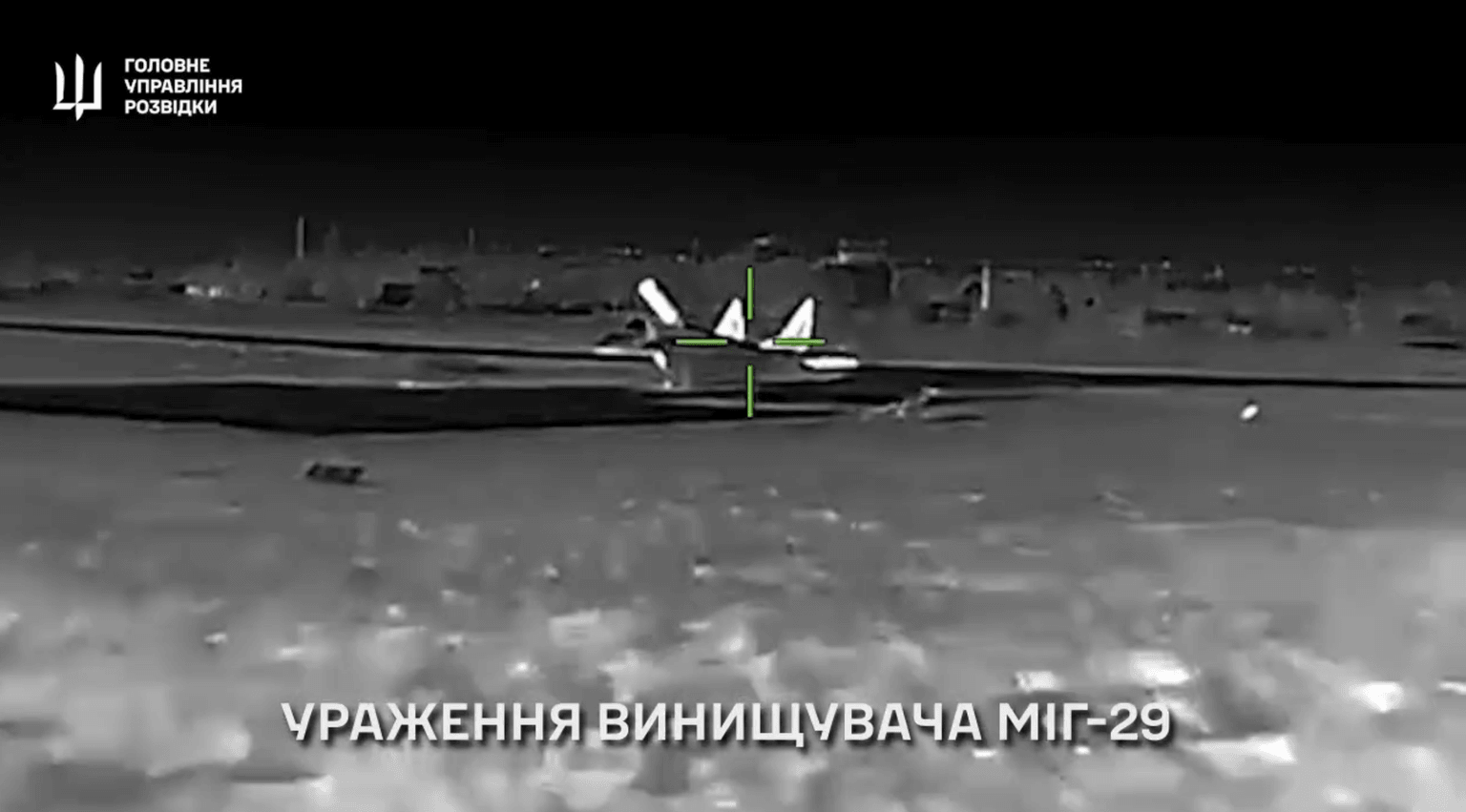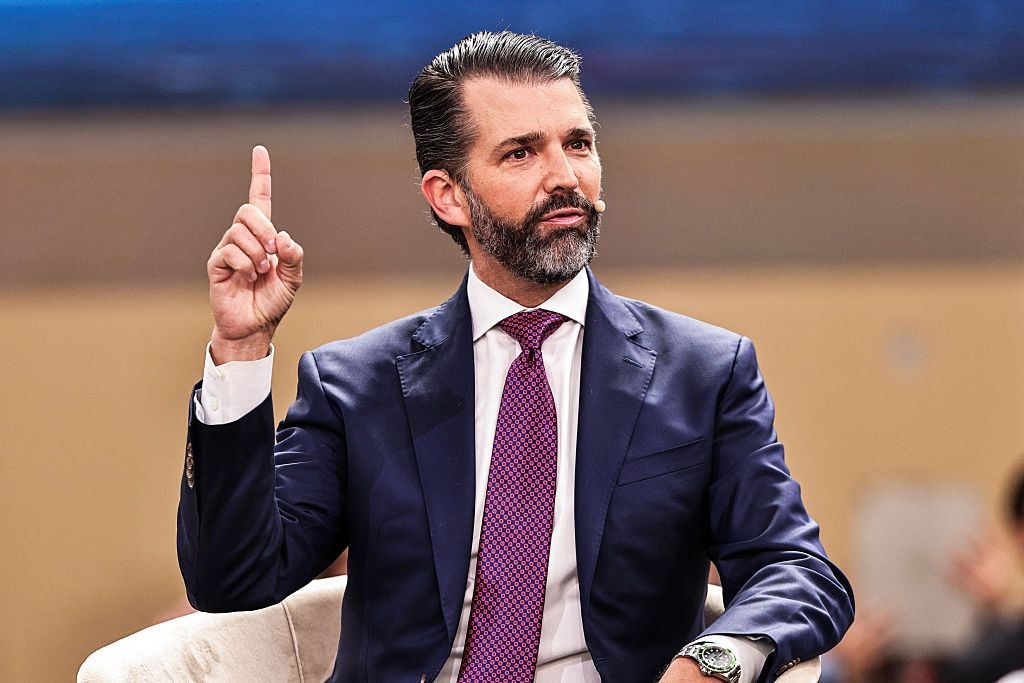
EU tariffs on Ukrainian goods return after 3 years of war, complicating Kyiv's path to European integration
Farmers rally against the EU's trade policies, including the import of Ukrainian agricultural products, in Warsaw, Poland on January 3, 2025. (NurPhoto via Getty Images)
The European Union is set to reinstate tariffs on Ukrainian agricultural exports on June 6.
This is the first time since Russia's full-scale invasion that the EU will not renew an agreement suspending trade barriers between Ukraine and Europe.
The end of tariff-free trade comes amid mounting opposition to Ukrainian exports — and Ukraine's EU accession — from eastern European bloc members, including Poland and Hungary.
While a transitional agreement will govern trade to the end of 2025, negotiations between Brussels and Ukraine for a more favorable long-term agreement began on June 2, according to European Pravda.
The temporary arrangement from June 6 allows for more liberal trade than established under earlier rules. But tariffs will return in full starting in 2026 — unless talks in Brussels succeed in updating the pre-war framework.
The talks will test the EU's ability to balance concerns from member states with Ukraine's closer integration into the trading bloc.
How wartime trade relief for Ukraine impacted EU states
The so-called Autonomous Trade Measures (ATMs) were introduced in June 2022 shortly after Russia's full-scale invasion of Ukraine. They removed tariffs that applied to some Ukrainian agricultural goods under a 2016 trade agreement, including sugar, honey, wheat, and poultry.
Along with "solidarity lanes," which established alternative logistics routes, the 2022 trade measures facilitated the export of Ukrainian agricultural goods by land, bypassing Ukrainian ports blockaded by Russia in the Black Sea.
With maritime exports paralyzed, overland shipments to EU neighbors — especially to Poland, Romania, and Hungary — surged, provoking protests from local farmers who claimed Ukrainian goods were overwhelming markets and lowering prices.

Although Brussels initially intervened to curb Ukrainian imports, Slovakia, Poland and Hungary applied unilateral bans on some Ukrainian goods in September 2023, citing national security issues but defying EU trade rules.
The influx following the trade measures set to expire on June 6 has been touted as a sign of Ukraine's incompatibility with the EU. The issue was on the campaign agenda in the recent Polish presidential election, with both candidates voicing concerns over Ukrainian agricultural imports.
According to Svitlana Taran, policy analyst at the Brussels-based European Policy Centre, the 2022 trade measures were not the main driver of the surge.
"Politicians have accused ATMs as the primary reason for this situation, which is not the case," she told the Kyiv Independent.
"This was an exceptional situation caused by the sudden collapse of Ukraine's main export routes. The influx was not caused by the removal of tariffs, but by Russia's invasion and blockade, and insufficient transport capacities. The suspension of tariffs was just one of the factors, and after Ukraine unblocked Black Sea channels, this situation was eased."

European imports of Ukrainian products whose tariffs were lifted did initially spike to an unprecedented level of over 900 million euros, but then quickly declined. Imports of these goods are now generally higher than they were before the full-scale invasion, but not at unprecedented levels.
"This example cannot be used to frighten EU farmers that it would be a normal situation if they open their markets to Ukrainian agriculture," Taran added.
There is also little evidence that Ukrainian products affected prices in bordering countries.
"We looked at (prices) for sugar and found no evidence," Stephan Cramon-Taubadel, chair of Agricultural Policy at the University of Gottingen, told the Kyiv Independent.
"I currently have some preliminary results that show slightly depressed local prices for wheat in eastern Polish regions bordering Ukraine in parts of 2023 and 2024, but it's much less than it's made out to be, and something that the EU could easily compensate."
Nevertheless, Brussels will not renew the ATMs following longstanding pressure from eastern European countries looking to appease the farmers' lobby.
More roadblocks on Ukraine's European path
The reversion to pre-war rules is a step back for Ukraine's exporters.
The EU has become a closer trading partner for Ukraine since the full-scale invasion began. Over 60% of Ukraine's exports now go to the EU, relative to about 40% before the war.
Reverting to the pre-war rules may pose challenges to Ukrainian exporters, who have adapted to trade with fewer tariffs.
"It's a challenge, because it's not something businesses were fully prepared for," Veronika Movchan, academic director at the Institute for Economic Research and Policy Consulting, told the Kyiv Independent.
"Many hoped that the measures would continue, at least to some extent. I expect that some businesses made decisions based on the existing regime."

The Ukrainian Agribusiness Club estimates that, in 2025, Ukraine will lose up to 1.1 billion euros ($1.2 billion) in foreign exchange earnings under the temporary measures, and 3.3 billion euros ($3.7 billion) next year if no agreement is reached.
But there may even be barriers to reverting back to the 2016 trading rules, given the fraught politics surrounding the bans currently imposed by Poland, Hungary and Slovakia.
"It's not even apparent that, when the free trade measures expire on Friday, these countries will lift the bans," said Movchan.
"Some member states even imposed bans on goods that didn't have any barriers before the war, such as sunflower seeds and rapeseed."
The episode highlights the potential for domestic politics within the EU and bilateral disputes to impede closer trade relations with Ukraine.
It also demonstrates the opportunities for Russia to attempt to derail this process.
"One thing we shouldn't underestimate is presumably largely Russian propaganda,"
Cramon-Taubadel said.
"If we look at the channels from which some farmers are getting their information, there is much unsubstantiated fear-mongering claiming that imports from Ukraine are depressing prices."










